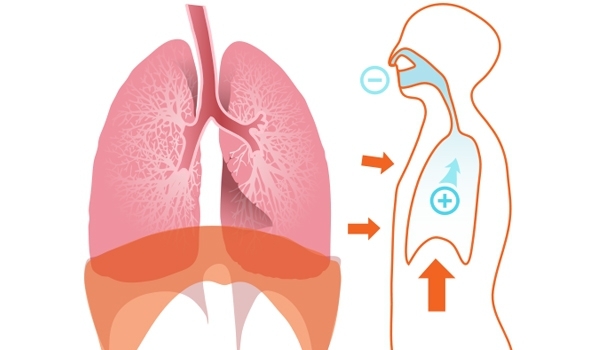 TEHRAN (FNA)- Iranian researchers from University of Tehran succeeded in the production of a sensor that finds the amount of blood sugar of diabetic patients by measuring acetone concentration in their expiration.
TEHRAN (FNA)- Iranian researchers from University of Tehran succeeded in the production of a sensor that finds the amount of blood sugar of diabetic patients by measuring acetone concentration in their expiration.Production of the sensor is simple and it has high detection ability and sensitivity. The sensor reduces diagnosis costs and time of the related tests.
Results showed that the amount of ethanol and acetone in expiration is directly connection with the amount of blood sugar. The average concentration of acetone in the expiration of a healthy man is 0.35-0.85 ppm. However, it reaches 2-2.5 ppm in diabetic patients. The aim of this research was to produce a sensor to measure the concentration of acetone in the expiration of patients, and to quickly diagnose diabetes.
The sensor produced in this research is able to continuously detect acetone and measure blood sugar, and it can be used in controlling blood sugar of diabetic patients as a main part of the artificial pancreas. High sensitivity and appropriate respond time to acetone gas with a concentration of 0.5-5 ppm, which is the range of acetone concentration in diabetic patients, are among other important characteristics of the sensor. The detection ability of the produced sensor was studied in the presence of humidity and ethanol.
The nanocomposite of tin dioxide (SnO2) semiconductor metal oxide and carbon nanotubes was used in the production of the sensor. This achievement can be considered an appropriate replacement for the existing methods for the determination of acetone or blood sugar, which cause more pain but have less accuracy. Moreover, the ability of the sensor to detect acetone at very low concentrations results in the quick diagnosis of the disease, and consequently, it enables the prevention of the progress.
Results of the research have been published in Sensors and Actuators B: Chemical, vol. 205, 2014, pp. 261-267.
By Fars News Agency
The Iran Project is not responsible for the content of quoted articles.











